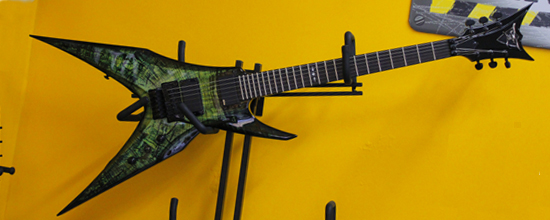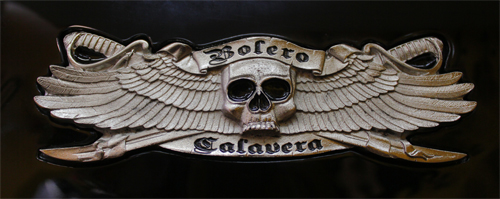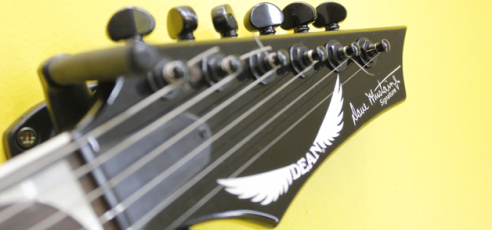So what exactly is a scale? Well, a scale is series of notes separated by specific intervals that can ascend and descend. A scale is usually considered as the basis of a melody’s structure as well as a chord’s structure, and usually contains 7 notes. There are plenty of scales to learn and it would be impossible to learn all of them in one lifetime, so understanding the commonly-used ones should supply the musician with enough knowledge to compose and improvise in a decent manner.
Some key terms that are going to be used in this article include:
1. Half step/half tone/semitone: An interval between to consecutive chromatic notes such as C and C#. On the guitar, notes that are a half step apart are one fret apart. On the piano, a half step is the interval between a white key and the next black key. However, on the piano there are two exceptions which will be explained in the next definition.
2. Whole step/whole tone: An interval separating a notes that are two half steps away from each other, such as C and D. By definition, the notes on the guitar that are a whole step apart will be separated by two frets. On the piano, a whole step is the interval separating two consecutive white keys. All the notes without the # and the b signs are a whole step apart EXCEPT E and F, and B and C.
3. #: This symbol is called a sharp, it raises a note by a half step. There’s no reason to write E# or B# because they indicate F and C respectively.
4. b: This symbol is called a flat, it lowers a note by a half step. Writing Cb and Fb is pointless because they indicate B and E respectively.
5. Ascend: Go from a lower pitch to higher one.
6. Descend: Go from a higher pitcher to a lower one.
7. Enharmonic: A note that can have two references such as C#/Db which both point to the same note.
Now that all the key terms, it’s time to get started. The first and most important scale to learn is the major scale. Almost every other existing scale can be derived from it. The first major is scale is C major. It contains the following notes:
C D E F G A B
Then scale starts over from the next C, which is an octave higher than the first C.
The W indicates a whole step wile the H indicates a half step. The series of steps of a major scale is the same no matter what the chosen key is. It’s WWHWWWH. The last note is the octave note.
Knowing the C major scale is not enough to have a grasp on the major scale. The scale should be learned in other keys as well. And instead of using the interval approach, there’s a more methodical way to derive the a scale in a particular key which is by using the circle of 4ths and 5ths. For now we’ll ignore the inner circle since it has to do with the minor scale:
The first key was C, and by going up 5 notes in the C major scale (clockwise in the diagram) we reach G the tonic of the next major scale. Then we go to the fourth note in the C major scale which is F and raise it to F#. Thus the G major scale is now completed and it should look something like this:
G A B C D E F#
A sharp was placed on the staff in the position where the F note lies to indicate the every F note written will be F#, instead of having to write a # near every F.
Using the same method the next scale can be derived. The fifth note in the G major scale is D, so D is the tonic of the next major scale. The 4th note in the G major scale is C so it’s raised to C#. Thus the D major scale should be as shown:
D E F# G A B C#
A sharp was added to the C note so now every F and C notes will actually refer to F# and C#.
The pattern seems obvious and will work till we reach C# but it’s best to stop at F# because then there will be too many sharps on the staff. Then another pattern will have be used, and this time starting from the F note. The F major scale contains one flattened note which is Bb. It looks likes this:
F G A Bb C D E
Flats on the staff function the same way sharps do; they flatten every note respective to their position (in this case every B becomes Bb)
Then by going in 4ths from F(anticlockwise on the diagram), we reach Bb which is the the tonic of the next major scale. It contains one flattened note which is Eb. These are the notes that comprise it:
Bb C D Eb F G A
The same pattern can be applied all the way till Cb major is reached, but then it could be written as a B major with sharps instead of flats so it’s best to stop at Gb.
That’s all there is to figuring out major scales.









